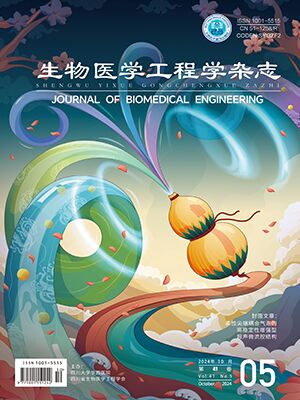This research aims to investigate the encapsulation and controlled release effect of the newly developed self-assembling peptide R-LIFE-1 on exosomes. The gelling ability and morphological structure of the chiral self-assembling peptide (CSAP) hydrogel were examined using advanced imaging techniques, including atomic force microscopy, transmission electron microscopy, and cryo-scanning electron microscopy. The biocompatibility of the CSAP hydrogel was assessed through optical microscopy and fluorescent staining. Exosomes were isolated via ultrafiltration, and their quality was evaluated using Western blot analysis, nanoparticle tracking analysis, and transmission electron microscopy. The controlled release effect of the CSAP hydrogel on exosomes was quantitatively analyzed using laser confocal microscopy and a BCA assay kit. The results revealed that the self-assembling peptide R-LIFE-1 exhibited spontaneous assembly in the presence of various ions, leading to the formation of nanofibers. These nanofibers were cross-linked, giving rise to a robust nanofiber network structure, which further underwent cross-linking to generate a laminated membrane structure. The nanofibers possessed a large surface area, allowing them to encapsulate a substantial number of water molecules, thereby forming a hydrogel material with high water content. This hydrogel served as a stable spatial scaffold and loading matrix for the three-dimensional culture of cells, as well as the encapsulation and controlled release of exosomes. Importantly, R-LIFE-1 demonstrated excellent biocompatibility, preserving the growth of cells and the biological activity of exosomes. It rapidly formed a three-dimensional network scaffold, enabling the stable loading of cells and exosomes, while exhibiting favorable biocompatibility and reduced cytotoxicity. In conclusion, the findings of this study support the notion that R-LIFE-1 holds significant promise as an ideal tissue engineering material for tissue repair applications.
Citation: LUO Xinyi, SU Di, LU Na, WAN Yuan, LIU Guicen, LUO Zhongli. Physicochemical properties of a novel chiral self-assembling peptide R-LIFE-1 and its controlled release to exosomes. Journal of Biomedical Engineering, 2023, 40(4): 770-777. doi: 10.7507/1001-5515.202207056 Copy
-
Previous Article
Investigation of the mechanism of action and identification of candidate traditional Chinese medicines for the treatment of ischemic stroke in the Danshen-Jiangxiang pair based on drug-target-disease association network -
Next Article
Imputation method for dropout in single-cell transcriptome data




